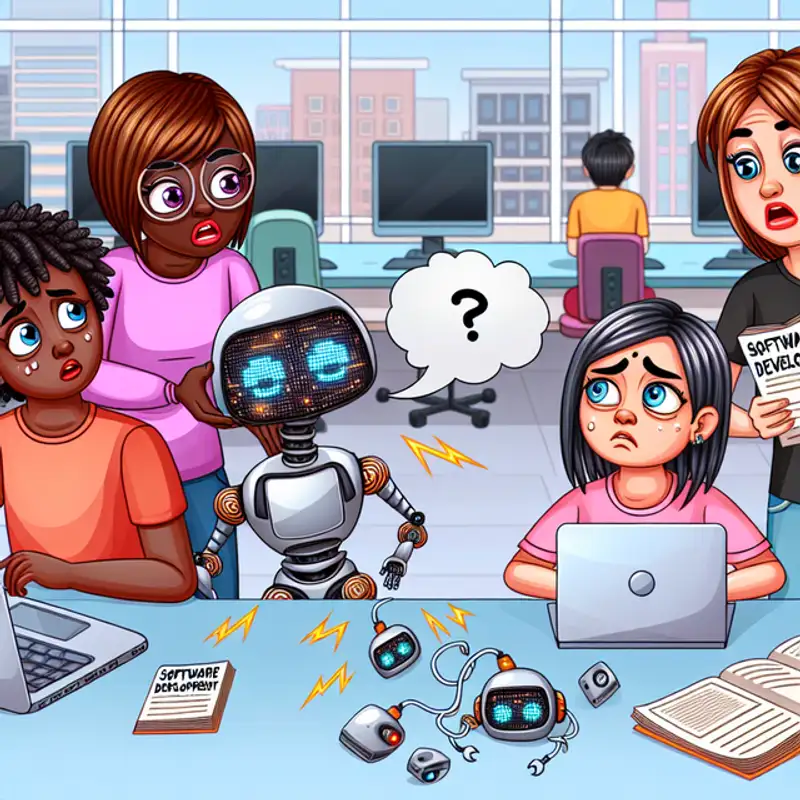 Episode
Episode
· 01:38
In "The Premise Trap," David Heinemeier Hansson discusses the challenges of collaborating with junior programmers and parallels this experience with the current state of AI programming. He highlights the "premise trap," where flawed foundational assumptions in code go unnoticed until significant development work has already been done. Despite the similarity of AI to a junior programmer with vast knowledge, he notes that AI often produces code that requires extensive reworking due to issues like unnecessary dependencies and poor architectural choices. Hansson argues that AI must be exposed to more sophisticated, proprietary code to improve its capabilities and suggests that, for now, human programmers should approach AI as they would a junior programmer—carefully verifying assumptions and investing time in code quality to avoid pitfalls in the development process.
Key Points:
Listen to jawbreaker.io using one of many popular podcasting apps or directories.